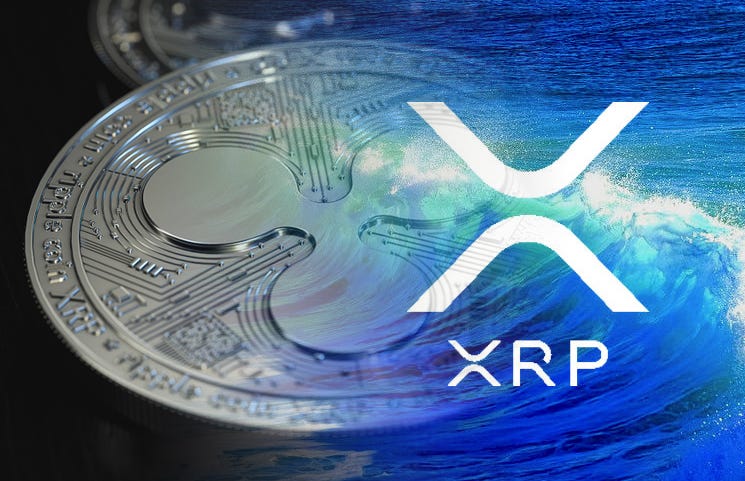What is Ripple (XRP)?
Ripple (XRP) is a cryptocurrency token designed to migrate transactions from centralized databases controlled by financial institutions to a more open infrastructure while significantly reducing costs. Movements. Launched in 2012, cryptocurrency has one of the most ambitious goals in the cryptocurrency space. The software that allows the use of XRP (XRP Ledger) proposed a new way of operating blockchains, which according to its proponents, is more suitable for transactions. The Bitcoin blockchain allows anyone to contribute computing power, validate transactions, and secure their software. The XRP ledger, on the other hand, only allows selected network participants to validate transactions and secure the network.
At launch, 100 billion XRP tokens were pre-mined and distributed to targeted individuals, businesses and the general public via giveaways and giveaways. Coin supply. To add fuel to the fire, XRP’s market share is based on a for-profit company called Ripple, which remains the main player in the XRP ecosystem. Ripple helps maintain the XRP Ledger and plays a key role in its development while also being a major holder of XRP tokens. This article will look at Ripple’s XRP cryptocurrency and how it works; how to mine XRP; how to invest in Ripple; XRP, and Ripple wallets vs Bitcoin.
How does Ripple (XRP) work?
Ripple’s blockchain infrastructure, RippleNet, aims to provide banks with fast, easy, and low-cost cross-border transactions. As a result, it is a viable alternative to most banks’ current international payment system, namely the Society for Worldwide Interbank Financial Telecommunication. Ripple has several advantages for those who conduct international transactions.
To verify transactions, the XRP cryptocurrency uses a consensus system that includes multiple servers owned by the bank. Validators verify that proposed transactions are valid by comparing them to the latest version of the XRP ledger. A transaction must be accepted by a majority of validators to be verified. RippleNet offers a variety of cross-border payment solutions for businesses and financial institutions.
Ripple (XRP) history
Most cryptocurrencies have a specific person or organization that can be credited with creating the cryptocurrency. Bitcoin (BTC), for example, was created by the pseudonym, Satoshi Nakamoto. The history of XRP is complex, as various people have been involved in developing both the technology behind it and the business units that have helped it grow. OpenCoin co-founders Jed McCaleb (who also founded Mt.Gox), Arthur Britto (who helped develop the XRP ledger), and Chris Larsen (who founded several fintech companies) are often credited with creating XRP.
Although they were remarkable people in space, other people were involved. These include David Schwartz, co-author of Ripple’s original white paper and Ripple’s CTO to date, and Stefan Thomas, former CTO of Ripple.
Bitcoin (BTC) vs Ripple (XRP)
Ripple (XRP) and Bitcoin were created to perform different tasks and are not in direct competition. Bitcoin is the most accessible cryptocurrency, allowing anyone to trade or transport BTC anywhere in the world, regardless of jurisdiction. XRP works more like a specialized tool to process cross-border transactions at lower prices and faster speeds than typical fiat currency. Bitcoin’s potential to be openly traded as a true store of value offers the public more leverage over all artificial rules and market predictions. The XRP use case primarily depends on Ripple’s collaboration with financial institutions and is not based on price.
How to buy Ripple (XRP) cryptocurrency?
Buying XRP on a core crypto exchange often involves paying fiat money (USD, EUR, JPY, etc.) to the exchange via bank transfer and then using those funds to buy XRP. Customers can also purchase digital assets using their credit cards on various cryptocurrency exchanges. Additionally, depending on the exchange, you can pay for XRP using other crypto assets called crypto pairs (e.g. XRP-BTC). A P2P purchase means assembling a family member or someone who owns XRP to buy the asset directly.
Be sure to verify that the person owns XRP. Due to the fact that XRP was created on its own distributed ledger, it is important to note that it cannot be purchased on DEXs like SushiSwap, Uniswap, or 1inch. Users of XRP Ledger can trade coins issued by XRP or with one another on a fully functional exchange.


